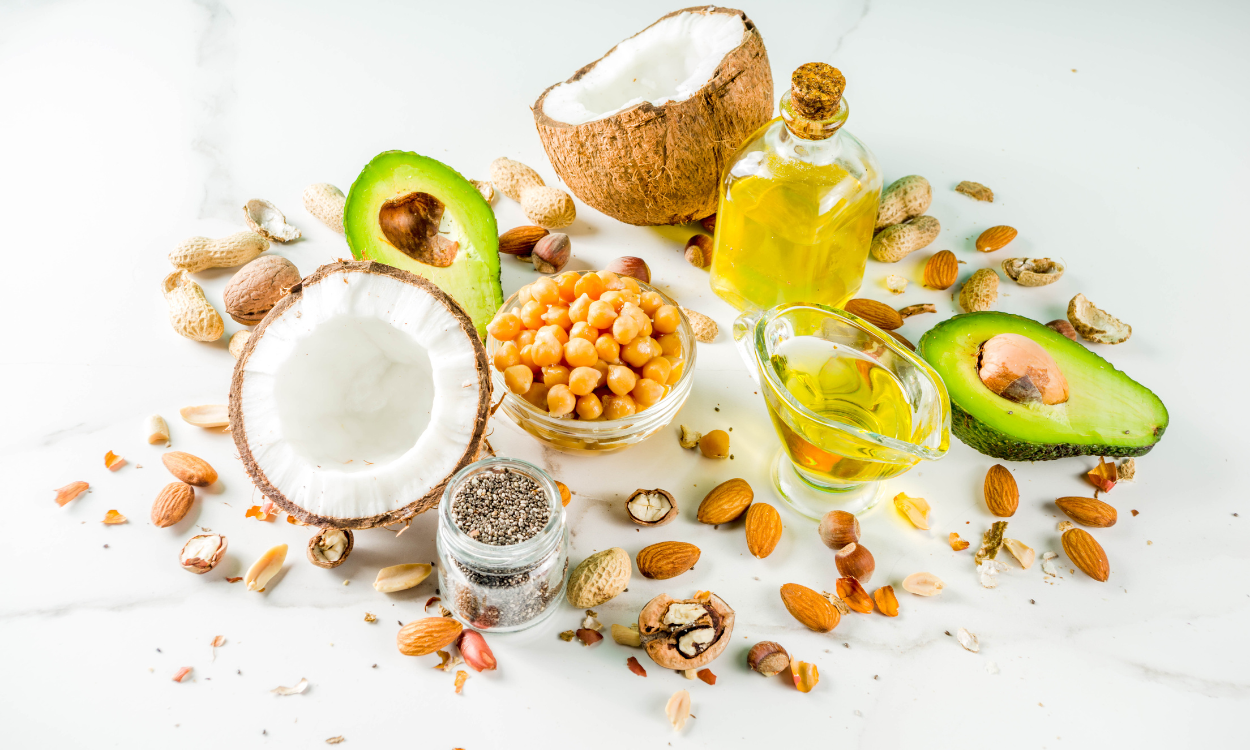Microalgae are a diverse group of photosynthetic organisms that play a crucial role in aquatic ecosystems by serving as primary producers and contributing significantly to global carbon fixation. One important aspect of microalgae that has garnered much attention in recent years is their lipid content, which can vary greatly among different species. Lipids are essential components of cell membranes and serve as energy storage molecules in microalgae. Understanding the variation in lipid content among different species of microalgae is important for optimizing their use in various applications such as biofuel production, nutraceuticals, and bioremediation. In this article, we will explore how the lipid content varies among different species of microalgae and discuss the factors that influence lipid accumulation in these organisms.
Understanding the Factors Influencing Variation in Lipid Content Among Different Species of Microalgae
The variation in lipid content among different species of microalgae is influenced by several factors, including genetics, environmental conditions, and growth phase. Genetic differences play a significant role in determining the amount of lipids produced by microalgae, as some species are naturally predisposed to accumulate higher levels of lipids. Additionally, environmental factors such as light intensity, temperature, and nutrient availability can also impact lipid production in microalgae. The growth phase of microalgae, particularly the stationary phase, is when lipid accumulation typically peaks due to changes in metabolic processes. Overall, the combination of genetic variability and environmental conditions ultimately determines the lipid content of different species of microalgae.

Are there specific genetic markers or traits that are associated with high lipid content in certain microalgae species?
Yes, there are specific genetic markers and traits that have been linked to high lipid content in certain microalgae species. These include genes involved in lipid metabolism, such as those encoding for enzymes involved in fatty acid biosynthesis and lipid accumulation pathways. Additionally, variations in the expression of these genes, as well as differences in the regulation of lipid metabolism pathways, can also contribute to variations in lipid content among different microalgae species. Identifying and understanding these genetic markers and traits can help researchers develop strategies to enhance lipid production in microalgae for various biotechnological applications, such as biofuel production and nutraceuticals.
How do environmental conditions, such as temperature and nutrient availability, affect lipid production in microalgae?
Environmental conditions play a crucial role in influencing lipid production in microalgae. Temperature, for example, can impact the metabolic activity of the microalgae, with higher temperatures typically leading to increased lipid accumulation as a response to stress. Nutrient availability also plays a significant role, as essential nutrients such as nitrogen and phosphorus are necessary for lipid synthesis. Limiting these nutrients can trigger lipid accumulation as the microalgae divert resources towards energy storage. Therefore, optimizing environmental conditions such as temperature and nutrient availability can be key in maximizing lipid production in microalgae for various applications including biofuel production and food supplements.
Is there a correlation between the size or shape of microalgae cells and their lipid content?
There is evidence to suggest that there may be a correlation between the size or shape of microalgae cells and their lipid content. Studies have shown that larger microalgae cells tend to have higher lipid content, as they have more space to store lipids. Additionally, certain shapes of microalgae cells, such as those with a larger surface area-to-volume ratio, may also be more efficient at producing and storing lipids. However, more research is needed to fully understand the relationship between cell size, shape, and lipid content in microalgae.
Can certain cultivation methods or growth conditions be optimized to increase lipid production in microalgae?
Yes, certain cultivation methods and growth conditions can be optimized to increase lipid production in microalgae. Factors such as light intensity, temperature, nutrient availability, pH levels, and carbon dioxide concentration can all play a significant role in the lipid content of microalgae. By adjusting these parameters, researchers can enhance lipid production in microalgae for various applications including biofuel production, pharmaceuticals, and food supplements. Additionally, genetic engineering techniques can also be employed to further improve lipid yields in microalgae strains. Overall, optimizing cultivation methods and growth conditions can effectively increase lipid production in microalgae.

How does the lipid profile vary among different strains or isolates within the same species of microalgae?
The lipid profile of different strains or isolates within the same species of microalgae can vary due to genetic differences, environmental factors, and growth conditions. Certain strains may have a higher lipid content or different types of lipids compared to others, leading to variations in overall lipid composition. Factors such as nutrient availability, light intensity, temperature, and pH levels can also influence lipid production in microalgae, causing differences in their lipid profiles. Understanding these variations can be important for optimizing lipid production for various applications such as biofuel production or nutraceuticals.
Are there any natural predators or competitors that influence lipid accumulation in microalgae populations?
There are natural predators and competitors that can influence lipid accumulation in microalgae populations. Predators such as zooplankton and protozoa can consume microalgae, reducing their population size and therefore their ability to accumulate lipids. Competition from other species of microalgae for resources like sunlight, nutrients, and space can also impact lipid accumulation in a population. Additionally, environmental factors such as temperature, pH levels, and nutrient availability can play a significant role in determining the lipid content of microalgae. Overall, the presence and interactions of predators and competitors can have a direct or indirect effect on lipid accumulation in microalgae populations.
What role do secondary metabolites or biochemical pathways play in regulating lipid synthesis in microalgae?
Secondary metabolites and biochemical pathways play a crucial role in regulating lipid synthesis in microalgae by controlling the production of key enzymes and proteins involved in lipid biosynthesis. These secondary metabolites, such as antioxidants and signaling molecules, can influence the expression of genes involved in lipid metabolism, ultimately affecting the accumulation of lipids in microalgae cells. Biochemical pathways also play a role in providing precursors and energy for lipid synthesis, as well as regulating the activity of enzymes involved in fatty acid biosynthesis. By understanding and manipulating these pathways, researchers can potentially enhance lipid production in microalgae for various biotechnological applications, such as biofuel production and pharmaceuticals.
The Variability of Lipid Content Among Different Microalgae Species
Overall, the lipid content among different species of microalgae can vary significantly. Factors such as environmental conditions, nutrient availability, and genetic characteristics all play a role in determining the lipid content of microalgae. Some species may naturally produce more lipids, making them better candidates for biofuel production, while others may have lower lipid content but excel in other areas such as protein production or carbon capture. Understanding these variations in lipid content is crucial for optimizing the cultivation and utilization of microalgae for various industrial applications. Further research and development in this field will continue to expand our knowledge and capabilities in harnessing the potential of microalgae for sustainable energy and resource production.
